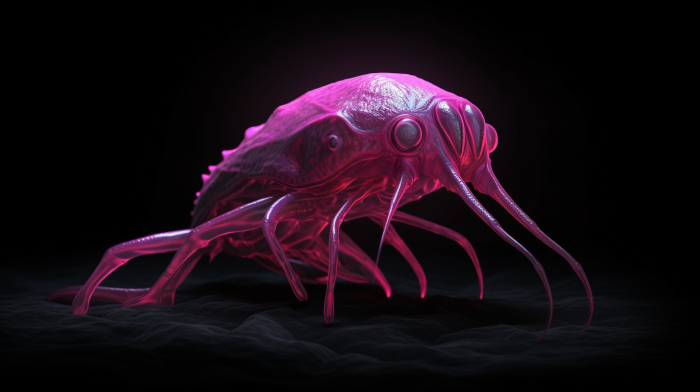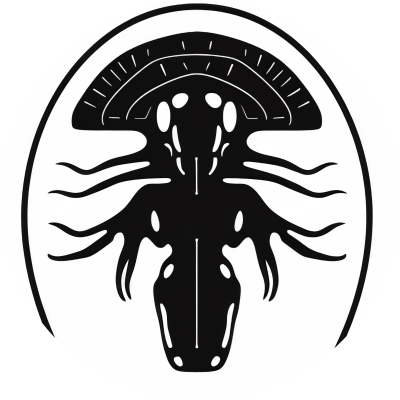When it comes to studying non-humanoid aliens, the Xenobiology Museum takes a zoological approach. This means that we focus on understanding these creatures in terms of their biology, behavior, and ecology. However, before we can even begin to study these creatures, we need to define what we mean by “non-humanoid”.
On Earth, we are familiar with a wide range of animal body plans, from the four-legged quadrupeds to the six-limbed insects. However, when it comes to studying non-humanoid aliens, we are dealing with a much wider range of body plans, many of which we may not even be able to conceive of.
One of the key challenges in defining non-humanoid aliens is figuring out what features are essential to their biology and behavior. For example, on Earth, we often categorize animals based on the presence or absence of certain features, such as limbs or a vertebral column. However, for non-humanoid aliens, these features may not be relevant or may not even exist.
Another challenge is determining what counts as a distinct species. On Earth, we use a combination of physical and genetic characteristics to differentiate between species. However, for non-humanoid aliens, we may not have access to genetic information or even be able to determine which physical characteristics are relevant for defining a species.

To help us navigate these challenges, the Xenobiology Museum has developed a set of guidelines for defining non-humanoid aliens. These guidelines are based on a combination of established biological principles and the specific challenges posed by studying aliens.
First and foremost, we focus on the biological function of various body parts and features. For example, instead of categorizing aliens based on the number of limbs they have, we look at the function of those limbs. Are they used for movement? Manipulation of objects? Defense? This allows us to categorize aliens in a way that is relevant to their biology and behavior.
Secondly, we take into account the environment in which the aliens live. The environment can have a profound impact on an alien’s biology and behavior, and as such, it is an important consideration when defining species. For example, an alien that lives in a low-gravity environment may have very different body plans and behaviors than an alien that lives in a high-gravity environment.
Finally, we use a combination of physical and behavioral characteristics to define species. This includes both obvious physical features, such as body shape and size, as well as more subtle behavioral characteristics, such as mating rituals and communication methods.

Despite these guidelines, defining non-humanoid aliens remains a complex and ongoing challenge. However, by taking a zoological perspective and focusing on biology, behavior, and ecology, we can make progress in understanding these fascinating creatures.
As Dr. Mei Ling, lead xenobiologist and curator of the Xenobiology Museum, puts it: “We may never fully understand non-humanoid aliens, but by studying them from a biological perspective, we can at least begin to unravel their mysteries and appreciate the incredible diversity of life in the universe.”
And as Dr. Tanya Singh, founder of the Xenobiology Museum, notes: “It is important to remember that these creatures are not mere curiosities, but living beings with their own unique biology and behaviors. By studying them with respect and a commitment to ethical scientific principles, we can not only expand our knowledge of the universe but also gain a deeper appreciation for the diversity of life in all its forms.”
Idea: ChatGPT4
Text: ChatGPT4 (prompt by Marie-Sophie Germain)
Photos: MidJourney (prompts by Marie-Sophie Germain)
